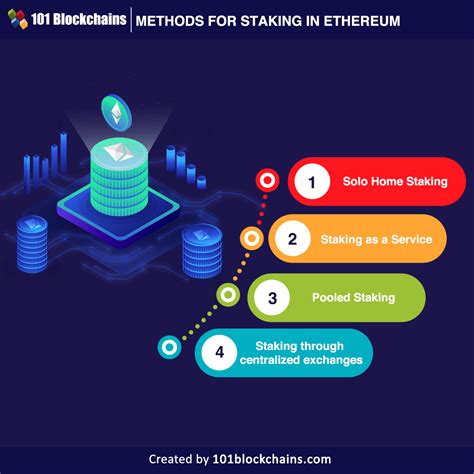Ethereum: What are the key differences between factom and tieron?
Ethereum vs Factom: What is the difference between two Blockchain solutions for scalable work

Increasing demand for decentralized, high-performance solutions has led to two visible Blockchain platforms: Ethereum and Factom. Although both offer unique features and functions, one stands out in terms of scalability and work certificate architecture.
At first glance, it may appear that both Factom and Tiero offer identical services using Bitcoin Blockchain to publish evidence of existence in a scaled way. In a more detail, several key differences occur.
Scalability through multiplexing
One of the primary differences between Ethereum and Factom/Tieron is their approach to scalability. Ethereum’s evidence (POW) architecture is based on the central node network to validate events and create new blocks. This process is time consuming, energy intensive and is historically limited scalability.
In contrast, Facom’s multiplexing model uses a decentralized node network to check and validate events without centralization of centralized authority or calculation force. By utilizing multiple nodes to participate in the validation process, the factory of the factual allows for faster event processing times and improved scalability.
Tieron: Blockchain-based smart contract platform
Although Factom/Tieron shares similarities with Ethereum, Tieron is a blockchain-based intelligent contract platform specifically designed for the construction of scalable, decentralized applications (DAP). Tieron’s concentration on creating a flexible, programmable framework gives developers the opportunity to build complex DAPPs without sacrificing scalability or performance.
Tieron’s architecture is built around the concept of “validation evidence”, where users will validate events and create new blocks in response to proposals. This approach ensures that the network is still decentralized while providing a scalable solution for high performance applications.
Comparison of key features
And feature Ethereum | Factom/Tieron |
And — | — | — |
And Pow) Architecture Centralized authority required Distributed validation process
And scalability Limited scalability due to the Central Node Network Improved scalability using a multiplexing model |
And transaction processing time Slower events processing times Faster events processing times
And intelligent contract features Supports smart contracts, but with limitations Programmable frames to build complex DAPPs
In summary, both Ethereum and Factom/Tieron offer unique blockchain solutions, their approaches to scalability and the architecture of the work certificate are distinguished by them. The Factom Multiplexing Model and Tieron’s focus on developing a smart contract make them very suitable for high-performance applications that require quick event processing time.
As the Blockchain ecosystem continues to develop, it is necessary to consider these differences when choosing a platform or solution. By understanding the key features and limitations of each option, developers can choose the best for their needs and projects.
Sources:
- Ethereum -white
- Factom -white
- TIERON project website




